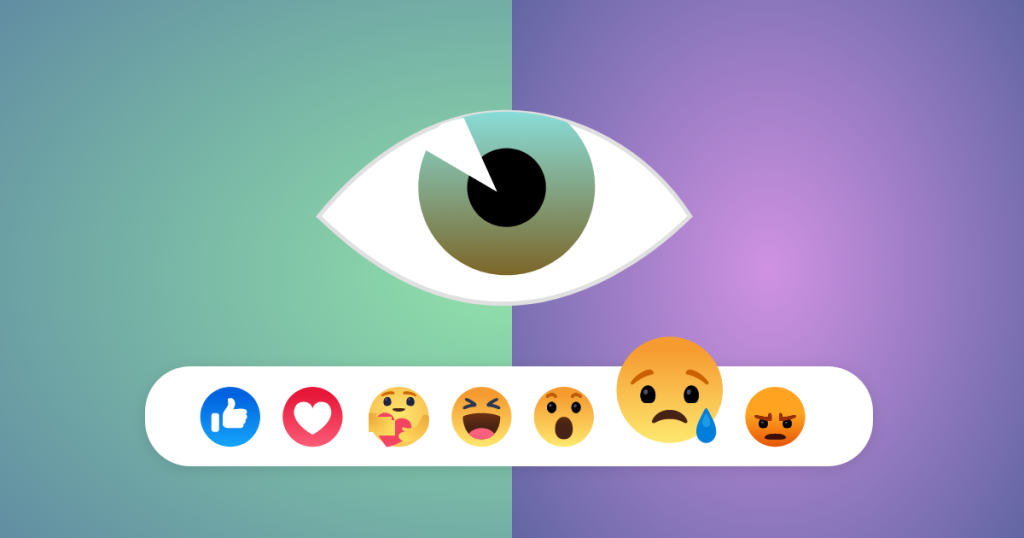Empathy — The non-secret ingredient we all want to grow (part 2)

Hello, I’m Iva Pérez. I’m the Experience Design team lead in Emakina, Belgium. I’ve always thought it’s good to introduce yourself when writing. It gives a sense of proximity and closeness, feelings that are closely related to empathy – the topic I’m about to share with you.
Think of this series of three articles as a special three-course meal, with a starter, main course, and delicious dessert, about a subject very close to my heart. Ps. I love food analogies!

Main course. How to develop your empathy skills?
Special ingredient: Leadership
Hello again. In this second article of our empathy series, I want to share some tips and tricks to develop your empathy skills.
In the previous article, I explained why having empathy as a skill will help you be more effective with people. I also gave examples how it helps businesses. If you haven’t read it, you can check it out here.
Before going into concrete tips & tricks, let’s acknowledge that empathy is not a new skill. Yet, it’s starting to get the credit it deserves, especially in business.
We’ve entered into some kind of ‘empathy economy’. If you research this topic, you’ll immediately see articles about AI’s monetary value and other tech innovations around human emotions. But beyond that, you’ll see companies taking people’s needs more seriously. There is an intentional and honest focus on helping people achieve their goals, overcome their pain points, and solve concrete needs. Not a surprise! Companies recognise that developing a deeper understanding of user needs is ‘the key’ to unlocking economic growth and benefits. As a result, they will build better products, services and connect more deeply to their target audience.
Yet, it’s one thing is to recognise it, and another to accept and use it. But we’ll tackle that in the third article of this series.
How to strengthen your empathy skills?
Let’s start with seven tips(1) to connect with people. These were created by Helen Riess, an Associate Professor of Psychiatry at Harvard Medical School, working on the neuroscience of emotions and empathy.
- Eye contact. Usually, this is the first indication that someone notices us – though some cultural norms may apply in different countries. Still, it’s the start of making anyone feel seen, understood, and appreciated.
- Facial expressions. Our faces are a roadmap of human emotions. Use your expressions to speak to the other person. Relax your muscles. If you project tension, the other person will feel it and get in a closed mode. Our facial expressions are compelling. They can warn people about potential danger, (e.g. rotten food, a car that’s approaching) or can invite them to be open to something more fun (like flirting ;)).
- Posture. This is another tool, part of our body language, to help us connect with others. We can have an open or close posture, giving clear signals to others on how to approach us. It is an intuitive reaction. Having a relaxed posture will bring a message that we are warm, caring and, most importantly, that we want to take the time to listen to them.
- Affect. This is the scientific term for expressed emotions. So next time, when someone is sharing their story with you, try to add a label to their feelings, and you will experience a change in how you hear what they are saying. For example, if someone (e.g., Paul) is telling you a sad story, try to add that feeling to your thinking: Paul is sad about this situation. This label will help you connect more with that person.
- Tone of voice. We have all heard the crack in someone’s voice when they’re about to cry… For better or worse, when we are emotionally activated, our tone of voice and our facial expressions change without even trying. This means that our emotions constantly leak out for all to see. However, some people’s emotions can be more suppressed than others. But if you pay careful attention (keeping an eye on the other person), you will be able to start distinguishing, hearing, and seeing their emotions.
- Context = Curiosity. You need to go beyond what people say or express to be truly empathetic. It means you need to comprehend the context in which other people live. To gather this information, we rely on our curiosity and genuine (not judgmental) interest to understand what is happening with this person. Practice this interest by posing open questions and adding a “why” in-between. It will help you reveal hidden pieces of information.
- Embrace your response. We might think that we only experience our own emotions, but we’re constantly absorbing the feelings of others. It turns out that most of these feelings are mutual. Our human brain is hard-wired for empathy; it works with shared neural circuits, shared neurons, and mirror neurons. This means we can have an internal experience of what happens to others. So, when we hear the expression: “I feel your pain”, it’s not just a figure of speech. We’re made for that. Think about someone with a piece of lemon between their teeth…. now imagine their discomfort when the acid juice goes to their lip where they have an open wound… Did you wrinkle your face? 😉 there you go. We’re more connected than we think.
Practice the above tips, and you will see how the ability to connect with others, build solid relationships, and develop trust will start to flourish.
Now, how do you apply empathy in professional environments?
In October 2021, I was honoured to be invited to the Televic Tech Day. It’s a bi-annual event where a mix of case studies and keynotes from technology leaders and innovation experts are shared to inspire employees. Of course, I talked about empathy. This time, through the lens and analysis of my favourite episodes of the TV show BlackMirror. I know, it sounds weird, but it is an entertaining talk, I promise!
After my talk, the Televic communication staff interviewed me. Their first question was: How do you deal with or apply empathy in a professional environment? Having emotions at the core of what you do is sometimes a bit too ‘soft’ for tech companies.
I get questions like these all the time. Unfortunately, it is a common misunderstanding. Empathy is around emotions, but emotions, thoughts, and actions are three very different things.
In professional environments, you need to set up conditions for people to thrive, succeed and work at their fullest potential. So how can you ensure these conditions? By being empathic and making sure your colleagues and team members are in a good state of mind. This doesn’t mean they can do whatever they want to; this means that if they have any problems doing their job, you will be there to listen, hear them and find a way to support them along the way.
This leadership approach will help you work together more effectively, be more innovative and open, be better problem solvers, be more committed to the work, and get better results. Putting people at the centre of your business will pay off in the long term. That is the power of empathy.
As the CEO of global emotional intelligence community Six Seconds used to say: emotions drive people; people drive performance. I love this phrase.
Final thought. Ask any sales representative how they forecast their numbers, and they will say through grit and intuition. Those are their most reliable tools. These ‘soft’ skills run businesses. Don’t be afraid of emotions in business – be smart about them.
(1) Extract from TEDx Talks The power of Empathy by Helen Riess. An Associate Professor of Psychiatry at Harvard Medical School, researching the neuroscience of emotions and Empathy.
Our recent blog posts
See all blogs-
How is AI’s synthetic data enhancing User Experience Research? Technology

-
Web3.AI Rising : How new technology can add value to your business

-
How generative AI helped us create an e-commerce app – with personalised content – in just 2 weeks Technology

-
Can you build a foodie app in 3 days using Generative AI? (Spoiler alert: yes!)


